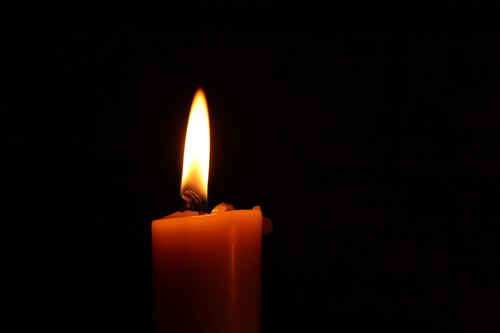In an age when live music is no longer just about the music itself, a new type of concert is emerging where the musical element takes a backseat to the overall aesthetic experience. Candlelight concerts have become an international phenomenon.
What exactly are Candlelight concerts? As the name suggests, these are musical performances held in small venues or iconic spaces, illuminated solely by the glow of hundreds of candles. This creates an intimate and dreamlike atmosphere that envelops both musicians and the audience.
Typically featuring classical music repertoires, these concerts aim to provide a stark contrast to large-scale events filled with crowds and big stages. Here, the focus is on silence, gentle music, and a dimly lit atmosphere.
Candle fever. Candlelight concerts began in 2019 as an initiative of Spanish ticket promotion and sales platform Fever. The official aim was to democratize access to classical music and attract new audiences. However, Fever also recognized the need for alternatives to increasingly crowded live events.
The concept was to recreate the ambiance of an original classical concert without the use of electric lighting. From its inception, concerts were designed to be affordable, ensuring they remained popular and accessible to a wide range of audiences.
Expansion. The first Candlelight concert was held in Madrid and quickly spread to other European capitals such as Paris and London, and then to the U.S. and over 150 cities worldwide. The initial success drove the international expansion of the format, which now attracts millions of attendees globally.
Official figures indicate that there have been 3 million spectators worldwide to date. This success led to an expansion beyond the initial concept of offering classical music concerts exclusively. It soon evolved to include classical tributes to pop artists such as Queen, ABBA, Coldplay, and Bad Bunny.
Candles aren’t for everyone. Not everything about the concerts is well-received, especially when the core issue relates to the perception of “elevating” classical music through aesthetic simplification and the reinterpretation of the genre’s greatest hits. Criticism is widespread. Concerns range from the quality of the music to the notable fact that the candles used aren't real but LED lights. The organization clarifies that for safety reasons, it doesn’t use actual candles.
The key to Candlelight’s success. Candlelight concerts have made a type of music that was previously reserved for the elite accessible to a broader audience over the past half-century. This approach resonates with the controversial notion of the “democratization of creativity” often associated with AI.
Concerts maintain an aesthetic that enhances the “elegance” of the event, while offering relatively affordable ticket prices, making the experience more popular. You could say that these concerts cater to audiences who desire to enjoy classical music in a more approachable way without needing to grasp its technicalities.
As a result, it’s not surprising that Candlelight has enjoyed both immediate commercial success and skepticism from experts. However, it presents a clear alternative to festivals and stadium concerts. Given the limitations of the format, though, it’s possible that the popularity of this concept may not last long.
Image | David Tomaseti




View 0 comments